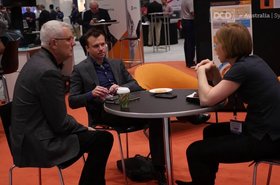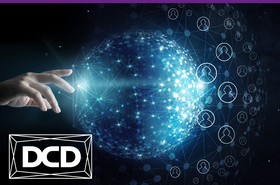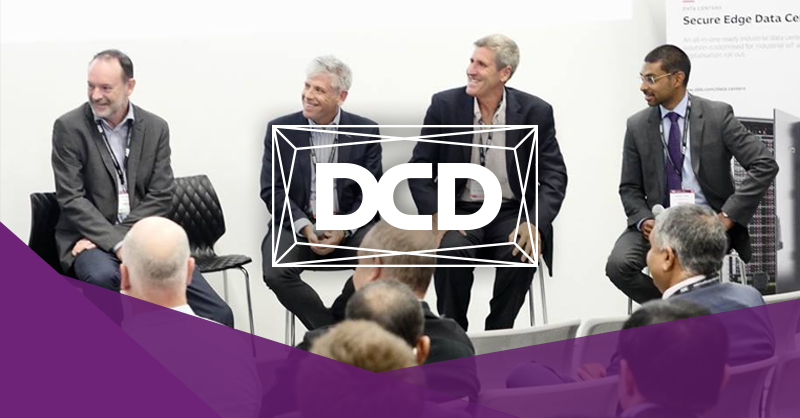DCD>Australia 2018 started with a half-day seminar on ‘Edge in an era of Digital Transformation’ featuring practical insights, experiences and case studies. Feedback to the morning was very positive, in particular in relation to the experts who contributed their knowledge and insights which enabled a strong focus on how the roll-out of Edge will impact Australian IT architectures.
We interviewed one of the key contributors to the seminar - Joseph Vijay of Schneider Electric for his thoughts on the evolution of Edge in Australia. As general manager for channels, alliances and operations at Schneider Electric, Joseph describes himself as passionate about helping people and business to find the root cause of their problem, and then to help them learn and apply new ideas to seek out the solution. Edge has added new impetus to this as Joseph suggests that “the ever-increasing range of options can make decisions protracted and confusing”. The key word in Joseph’s working definition of Edge is ‘context’ which he sees as adding meaning and value to the information through analysis conducted close to its source:
“Edge solutions enable organizations to process information and analyze data closest to the point of application and thus provide the best opportunity to capture context”.
Joseph identifies the driver of this demand as “a very time poor and impatient world that demands instant results and that is sometimes uncompromising”. This situation represents opportunity for companies but also risk and Joseph sees a need for companies to ask questions that “help them make better decisions for their business which would lead to reducing their risk and give them time to serve their customer”.
More from DCD>Australia 2018
-

Event News DCD>Australia 2018 Highlights
-

-

Joseph agrees with those in the industry who segment the need for Edge technologies according to industry type, stating that there are some industries which have a more immediate application for Edge technologies - he nominates the resources sector and the health care sector where the absence of timely information could be life threatening. But he sees the technology as having a wider application and therefore that it is most important for each organisation to appreciate what Edge means to them so they can make the right investment. As key to this, he identifies one of the key takeaways of the session as the need to plan for infrastructure and networks to enable Edge:
“One key takeaway was that there needs to be a plan to manage the infrastructure and its connectivity as the data centre grows. Design plans must be future forward and have capacity to scale as usage requirements grow.”
In terms of where Edge is currently in Australia, Joseph sees that there is good debate and creative thinking in Australia that he believes will create more demand to Edge solutions. However he is concerned that Australia will be limited by the availability of consistent and good quality telecommunications to maximize the potential of Edge.

